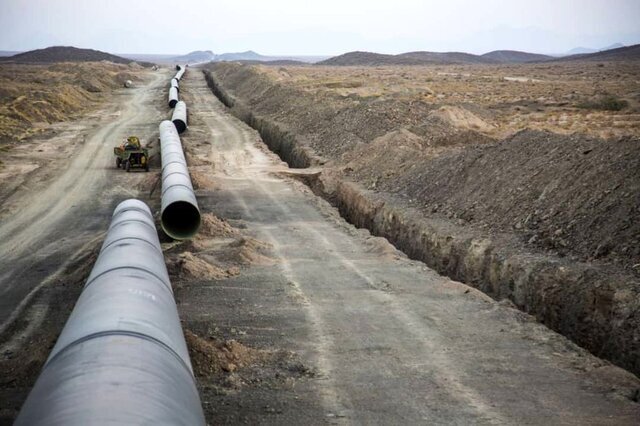Water transfer plan from Sea of Oman takes effect

TEHRAN – The Iranian parliament (Majlis) has approved a bill, mandating the government to implement a plan for transferring water from the Sea of Oman to the southeastern Sistan-Baluchestan province which has long been grappling with water scarcity.
A budget of $400 million was allocated by the government in March 2016 to the project which looked also to transfer water to the eastern provinces of South Khorasan and Khorasan Razavi.
The project aims to boost production, expand industries and agriculture, and provide potable water to residents in arid areas.
Once an efficient permanent solution, water supply schemes are now being considered as the main cause of environmental depletion haunting many parts of the country leading to dried up lakes and rivers, and poor water resources management resulting in excessive water withdrawal is also a major threat to the country’s future.
The project aims to boost production, expand industries and agriculture, and supply potable water. Iran started water desalination and transfer project in recent years aiming at alleviating and meeting the urgent need of central arid areas for water.
Another project for transferring water from the Persian Gulf to the southern Fars province is in its pipe-laying phase.
The project with the aim of supplying water for drinking, agriculture, and industry of Fars province started in February 2019.
However, redistribution of water resources is inevitably involved in changes in the ecological environment and endangering nature.
Experts believe that these projects entailing economic and environmental burden are no solution to droughts, and demanded the water transfer projects to be dismissed due to the irreparable damages to the environment namely deforestation, wildlife habitat destruction, biodiversity degradation, improper land change use, and contaminated seawater.
Changes are divided into two negative and positive impacts, including water supply in water-deficient areas, facilitating the water cycle, improving meteorological conditions in the recipient basins, mitigating ecological water shortage, repairing the damaged ecological system, and preserving the endangered wild fauna and flora.
The negative impacts include salinization and acidification of the donor basins, damage to the ecological environment of the donor basins, and both sides of the conveying channel system, an increase of water consumption in the recipient basins, and spread of diseases, etc.
Desalination plants in southern Iran are currently providing 600,000 cubic meters of drinkable water for the region’s coastal provinces, and the figure will be increased to one million cubic meters in the near future, IRIB reported in August 2021.
MG
Leave a Comment